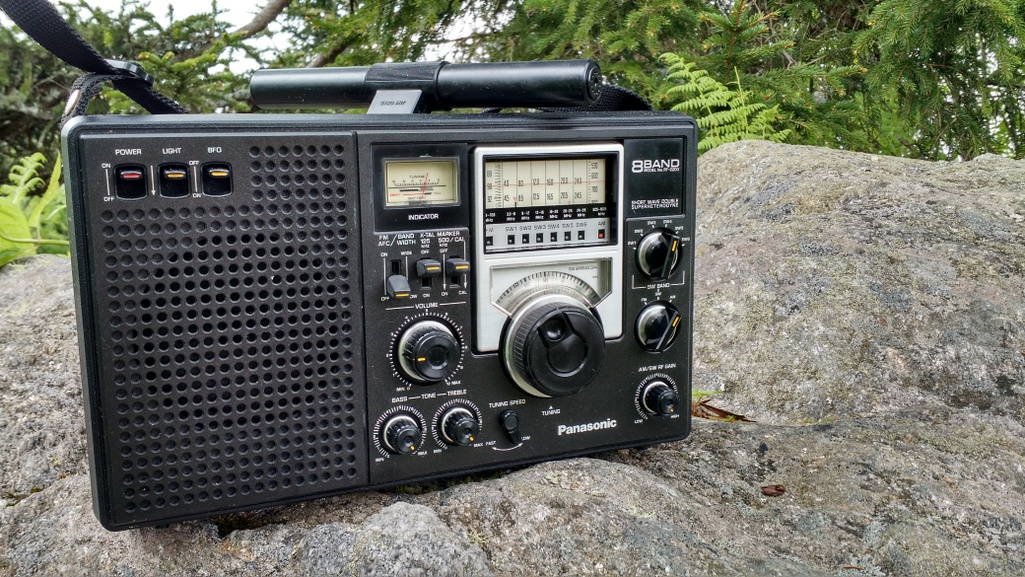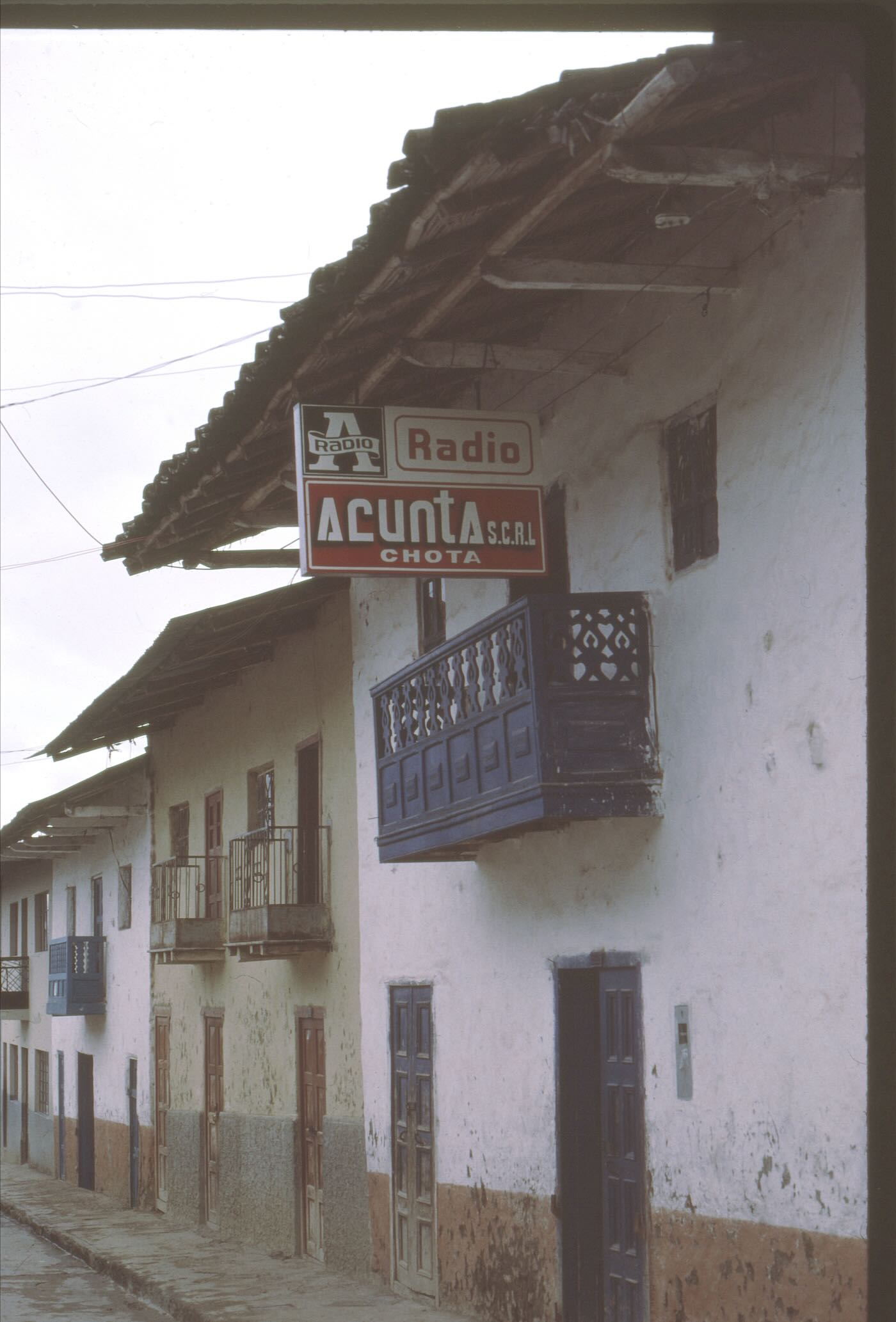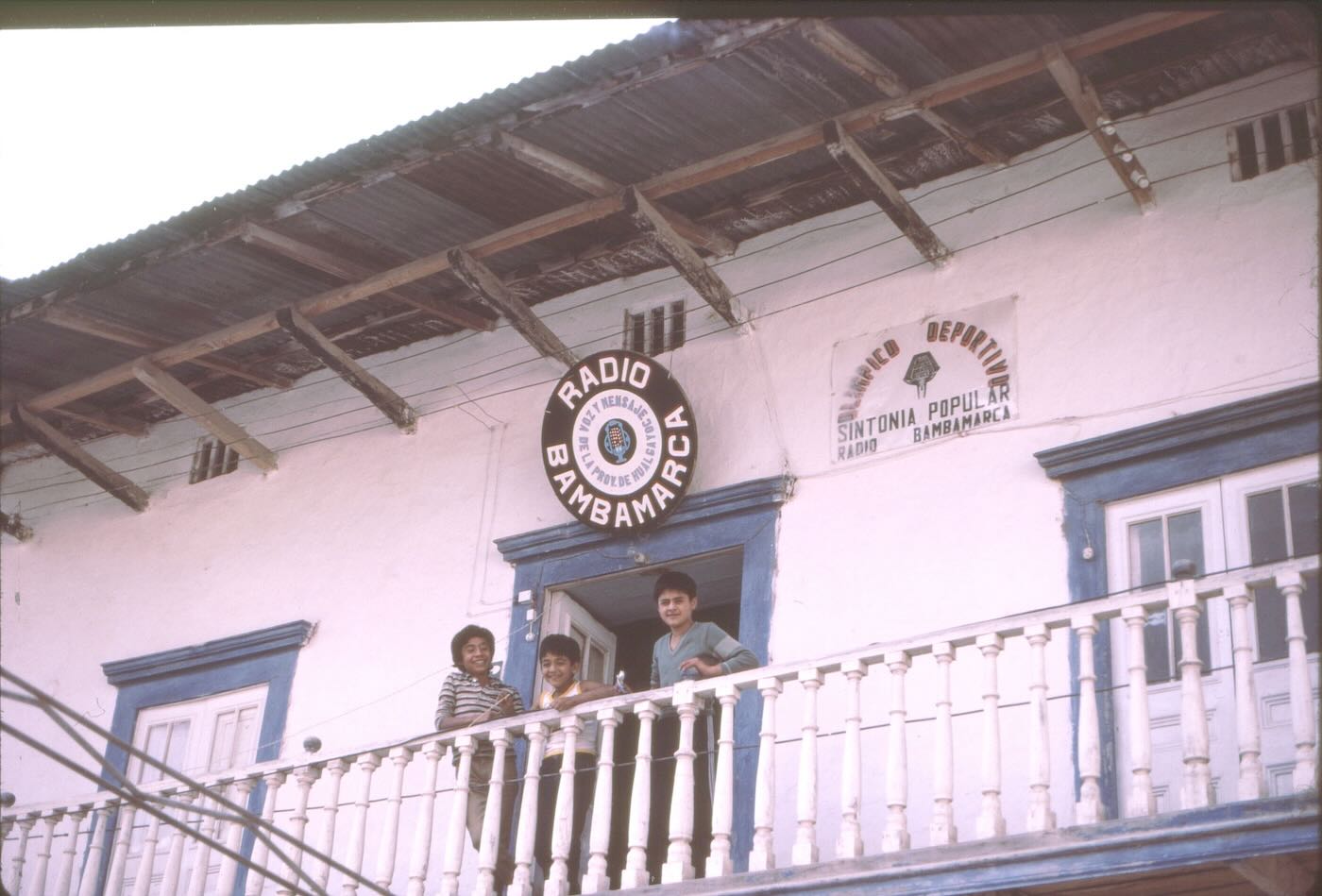 Many thanks to SWLing Post contributor Dennis Dura, who shares the following article on the Archiv.org Blog:
Many thanks to SWLing Post contributor Dennis Dura, who shares the following article on the Archiv.org Blog:
Vanishing Culture: Digital Library of Amateur Radio and Communications

 Many thanks to SWLing Post contributor Dennis Dura, who shares the following article on the Archiv.org Blog:
Many thanks to SWLing Post contributor Dennis Dura, who shares the following article on the Archiv.org Blog:
Vanishing Culture: Digital Library of Amateur Radio and Communications
 Many thanks to SWLing Post contributor Jeff McMahon, who writes:
Many thanks to SWLing Post contributor Jeff McMahon, who writes:
Hi Thomas,
I hope all is well. The fires here in Los Angeles prompted me to buy 3 radios, including this Sangean PR-D12 (a Tecsun PL-990X arrives in a few days). This is my first radio review in about 10 years:
Click here to check it out on Jeff’s excellent blog, The Herculodge.
It’s great to see a radio review on your site again, Jeff. Having recently experienced an apocalyptic natural disaster, I can confidently say that a simple AM/FM radio is a reliable and robust source of local news and information. Here in the Swannanoa/Asheville area, we had two stations simulcasting local news and recovery information on both FM and AM frequencies. This service was invaluable when all other communications failed.
We look forward to your review of the PL-990x!
Hi to all SWLing Post community! FastRadioBurst 23 here letting you know what the Imaginary Stations crew are putting out over those airwaves this week.
On Saturday 18th January 2025 at 1200 hrs UTC on 6160 kHz and also on Sunday 19th January 2025 at 1000/1400 hrs UTC on 6160 kHz and at 2100 UTC on 3975 kHz via Shortwave Gold will bring you a one-off programme called Downbeat on Shortwave. Jesse Yuen and One Deck Pete bring you two 15 minute downtempo mixes each, so kick off your stress shoes and tune into some ambient and downtempo vibes and drift away.
On Wednesday January 22nd January 2025 at 0300 UTC via WRMI we have WARM 3 as an antidote to those cold winter nights. More heart (and feet) warming tunes from the Imaginary Stations boilerhouse maintenance crew. Here’s the trailer for the show.
For more information on all our shows, please write to [email protected] and check out our old shows at our Mixcloud page here.
 Many thanks to SWLing Post contributor Paul Jamet, who writes:
Many thanks to SWLing Post contributor Paul Jamet, who writes:
Hello Thomas,
This short message to draw your attention on the following:
The theme of World Radio Day on February 13, 2025 is “Radio and Climate Change”:
https://www.unesco.org/en/days/world-radio?hub=66636
https://www.unesco.org/en/days/world-radio/radio-climate-change?hub=66636
I hope this information is helpful to you.
All the best.
Paul JAMET
Thank you so much for sharing this, Paul! I always look forward to World Radio Day!
Many thanks to SWLing Post contributor Dan Greenall, who shares the following guest post and asks, “Wonder who can add to this list?“:
by Dan Greenall
https://www.radioheritage.com/ktrk-k-truck-1670-khz/
Example: WDKW 1630 “the Klaw” Dundalk High School near Baltimore, MD
Link to my recording made at a DX camp in Coe Hill, Ontario, Canada on April 20, 1997: https://archive.org/details/wdkw-the-klaw-1630
An internet search revealed the following;
Part 15 of the Federal Communications Commission (FCC) rules allows some low-powered radio devices to operate without a license on the AM and FM radio broadcast bands. These devices are subject to certain restrictions, including:
Some examples of Part 15 radio stations include:
Often used by hobbyists, drive-in theaters, or on college or high school campuses.
These transmitters air a repeating loop of information, such as traffic or highway construction. They typically operate on empty channels on the AM broadcast band.
A custom product that can include special audio systems, USB / internet connectivity, cabinets, and antenna mounting styles.
Educational institutions can use a transmitter without a license if the signal coverage is limited to their property.
1610 kHz with low power, usually around 10 watts, such as the one I hear near the Blue Water Bridge between Sarnia, Ontario and Port Huron, Michigan
Over a quarter century ago, these frequencies began to be used in the U.S. by BCB stations. I still have recordings of a half dozen of these from the early days.
WTDY 1670:
WNML 1670:
WMDM 1690:
KCNZ 1650:
KCJJ 1630:
KBGG 1700:
Also, here is a link to a column in Popular Communications magazine from February 1998.
Many thanks to SWLing Post contributor and noted political cartoonist, Carlos Latuff, who shares the following illustrated radio listening reports, all covering the ongoing Los Angeles Wildfires.
Part of Vatican Radio’s news bulletin (in Portuguese), listened in Porto Alegre:
“In a telegram to the Archbishop of Los Angeles, in the United States of America, Dom José Gómez, Pope Francis expressed his sadness at the loss of life and the widespread destruction caused by the fires that have hit this region of California. In a message signed by the Cardinal Secretary of State, Pietro Parolin, the Holy Father assures his spiritual closeness to the affected communities and entrusts the souls of the deceased to the loving mercy of Almighty God, sending his sincere condolences to those who mourn their loss.
The Pontifex also prays for the emergency teams and grants his blessing to all as a promise of consolation and strength in the Lord. To date, at least 11 people have died and 150,000 have been evacuated due to the devastating fires that hit the Los Angeles region. In addition to the loss of human lives, the fire left a trail of destruction with economic losses of between 135 and 150 billion dollars.”
Click here to view on YouTube.
Part of NHK news bulletin (in Japanese) about Los Angeles wildfires. Listened (indoor) in Porto Alegre in a Toshiba TR486 receiver, telescopic antenna.
Click here to view on YouTube.
Part of CGTN Radio news bulletin (in English).
Firefighters have made some progress in Southern California, earth recorded its hottest year in 2024. Listened in Porto Alegre, Brazil.
Click here to view on YouTube.
Kyodo News Evening Edition radiofax, 16970 kHz: “L.A. wildfire death toll rises, as many remain uncontacted”.
by Don Moore
More of Don’s traveling DX stories can be found in his book Tales of a Vagabond DXer.
For DXers of Latin American stations, the period from about 1978-1998 was the golden age of DXing Peru. Those years saw an explosion of shortwave broadcasting from small towns, especially in northern Peru. Most of the stations were unlicensed and few lasted long. I tell the complete story of the period in Tales of a Vagabond DXer. However, the book doesn’t have many pictures as that would have made it much more expensive to produce and to buy. Fortunately, this blog is a perfect place to share photographs.
In those days one of the biggest radio hotspots in Peru was the department of Cajamarca. Over one hundred stations broadcast on shortwave, however briefly, just from that department. Cajamarca is a special place to me because I visited the region in 1985 during the height of the radio boom and visited over a dozen stations in the towns of Chota, Bambamarca, Cutervo and Celendín and the city of Cajamarca.
Chota is the largest town in the central part of Cajamarca department and played an important role in the development of broadcasting in small provincial towns. It’s about 140 kilometers north of Cajamarca but in between is cold barren Andean altiplano rising to over 4,000 meters elevation. In 1985 the bus ride took twelve hours and we encountered ice storms coming and going.
In 1985 Chota was a sleepy Andean town in a fertile river valley.
Radio Chota was already seven years old when I visited in March 1985. The station only had a medium wave license but also broadcast unlicensed on the out-of-band shortwave frequency of 6296 kHz where it was widely heard by DXers. Later they received a shortwave license and were assigned 4890 kHz but several years passed before they actually switched frequencies. Radio Chota was a success story and is still on the air today. Most of the stations I visited in 1985 were not so lucky.
Radio Chota as heard on 6296 kHz in 1982 via On the Shortwaves:
Radio Chota as I heard it in Quito, Ecuador on 4890 kHz in 1997:
 Radio Acunta was a more typical broadcaster of the period. The station broadcast irregularly in 1984 and 1985 with a homemade 100-watt transmitter. The station didn’t survive but the transmitter with its crystal-controlled frequency of 5800 kHz was a good starter set. Over the next several years DXers followed its movements around northern Peru as it was sold from one would-be station to another.
Radio Acunta was a more typical broadcaster of the period. The station broadcast irregularly in 1984 and 1985 with a homemade 100-watt transmitter. The station didn’t survive but the transmitter with its crystal-controlled frequency of 5800 kHz was a good starter set. Over the next several years DXers followed its movements around northern Peru as it was sold from one would-be station to another.
This picture with the homemade posterboard signs really captures the transient nature of broadcasting in rural Peru in the 1980s. Radio San Juan de Chota was on 5274 kHz for a few months in late 1984 and early 1985. I doubt they ever had permanent signs made. They did, however, have professionally printed envelopes.
Recording of Radio San Juan de Chota via On the Shortwaves:
 Bambamarca is a smaller farming town 20 kilometers south of Chota. It was also home to several shortwave stations over the years. Radio Bambamarca had a short appearance on 5657 kHz in the mid-1980s.
Bambamarca is a smaller farming town 20 kilometers south of Chota. It was also home to several shortwave stations over the years. Radio Bambamarca had a short appearance on 5657 kHz in the mid-1980s.
I always expected to return to the Cajamarca area someday. Finally, in November and December 2017, I revisited all the places I had seen in 1985 and more while researching my historical travelogue Following Ghosts in Northern Peru. A few months later, in May 2018, I returned to the city of Cajamarca and Chota with my DX travel buddies, John Fisher and Karl Forth. Continue reading